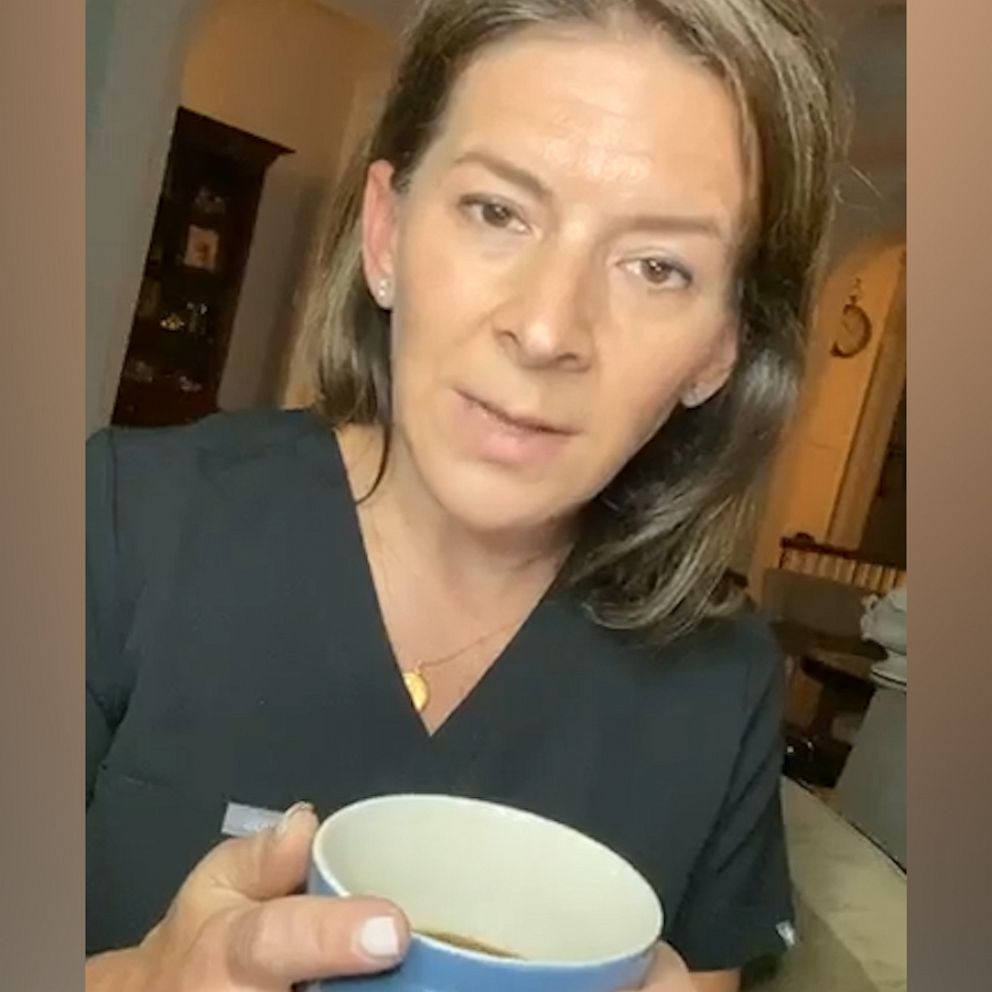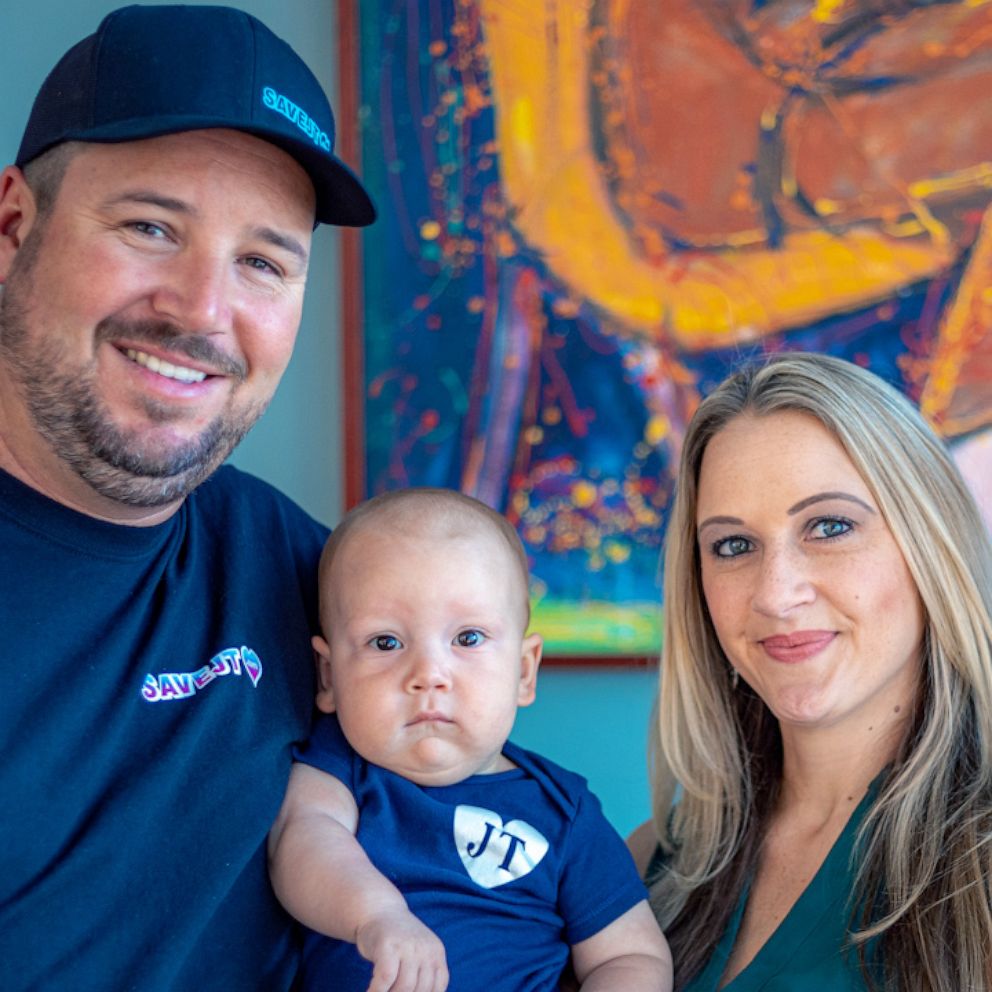Human parvovirus is on the rise among kids in the US: What parents, caregivers should know
Parvovirus B19 is particularly impacting children ages 5 to 9, the CDC says.
As students across the country begin a new school year, the U.S. Centers for Disease Control and Prevention is warning about an uptick in a highly-contagious respiratory virus.
The virus, known as parvovirus B19, is on the rise across the United States, and particularly in children ages 5 to 9, the CDC said in an Aug. 13 health warning.

Here are seven things for parents and caregivers to know about the virus.
1. Parvovirus B19 is spread via respiratory droplets.
Parvovirus B19 is highly transmissible because it is spread from person to person via respiratory droplets.
People who interact closely with children -- including at schools and daycare centers -- are at a higher risk for infection, according to the CDC.
Parvovirus B19 infections are most common in late winter, spring, and early summer.
2. The virus is also known as 'slapped cheek disease.'
Children with parvovirus B19 often develop a red rash on the face, also called a "slapped cheek" rash, as a symptom, according to the CDC.
Because of that common symptom, parvovirus B19 is also known as "slapped cheek disease."
3. Symptoms of parvovirus B19 come in phases.
Many people infected with the virus are asymptomatic or have very mild symptoms.
For people who do experience symptoms, the first phase of illness typically develops seven days after infection and includes symptoms like fever, muscle pain, and weakness. This phase lasts about five days and is when people are most contagious, according to the CDC.
The second phase of illness typically develops seven to 10 days after the first phase.
Children who develop a rash on the face may also experience a body rash or joint pain a few days later. Adults may have a rash and joint pain.
4. For most people, parvovirus B19 is mild.
For most people who contract parvovirus B19, treatment is not needed and symptoms will go away on their own, according to the CDC.
People can use over-the-counter treatments to relieve symptoms like swelling, fever, and itching.
If you have parvovirus B19, the CDC recommends staying home and away from others to help prevent spread.
5. People who are pregnant, have blood disorders are most at risk.
While severe outcomes from parvovirus B19 are rare, complications can occur among people with underlying blood disorders or weakened immune system, according to the CDC.
Infection early during pregnancy can cause blood disorders in the developing baby and a slight increase in the risk of a miscarriage.
6. Good hygiene can help slow the spread of parvovirus B19.
As with any respiratory virus, practicing good hygiene can help prevent parvovirus B19 infection, according to the CDC.
There is no vaccine or treatment to prevent the virus.
Good hygiene includes frequent and thorough handwashing and covering your nose and mouth with a tissue when you sneeze or cough, according to the CDC.
The agency also recommends cleaning frequently touched surfaces -- like handrails, desks, counters, and doorknobs -- regularly.
7. This type of parvovirus affects humans only.
Parvovirus B19 only affects people, according to the CDC, so it cannot be contracted from or passed to a cat or dog via humans.






